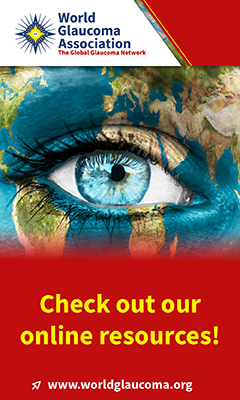advertisement

Abstract #95470 Published in IGR 22-2
Clinical outcomes and prognosis of Thai retinoblastoma patients
Prajantawanich K; Sanpakit K; Narkbunnam N; Vathana N; Takpradit C; Phuakpet K; Pongtanakul B; Atchaneeyasakul LO; Sinlapamongkolkul P; Buaboonnam JPediatrics international : official journal of the Japan Pediatric Society 2021; 63: 671-677
BACKGROUND: Retinoblastoma (RB) outcomes in Thailand are unfavorable compared to those of developed countries. This study aims to determine whether the clinical outcomes of patients with RB significantly improved after the implementation of new therapeutic approaches and which clinical factors affect survival and globe-saving outcomes. METHODS: The medical records of patients newly diagnosed with RB and treated at Siriraj Hospital between January 2005 and December 2018 were reviewed retrospectively. Clinical data, treatments, and outcomes were collected and analyzed. RESULTS: In 194 eyes (144 patients), leukocoria was the most common presenting feature (76.8%); 129 (66.5%) eyes were staged in group E of the International Classification of Intraocular Retinoblastoma. Of the 149 enucleated eyes, 35 had high-risk histopathological features, mostly choroidal invasion; 45 eyes (23.2%) could be salvaged. The 5-year overall survival rate was 90.3%, an improvement compared to the previous study. The 5-year enucleation-free survival rates of Groups A and B, C, D and E were 100%, 83.1%, 36.7% and 16.6% respectively. Factors associated with a lower survival rate were interval from symptom onset to diagnosis >3 months (hazard ratio (HR): 5.8: 95% confidence interval (CI): 1.637, 20.579) and buphthalmos (HR: 12.57: 95% CI: 3.936, 40.153). Factors associated with high-risk features were secondary glaucoma (HR: 11.016: 95% CI: 1.24, 98.10) and pseudohypopyon (HR: 14.110: 95% CI: 2.16, 92.05). CONCLUSIONS: Survival rates and globe-saving rates appear to have improved; however, advanced-stage presentation remains the major hindrance. Further studies with a larger cohort and longer follow-up are warranted.
Division of Hematology and Oncology, Department of Pediatrics, Faculty of Medicine Siriraj Hospital, Mahidol University, Bangkok, Thailand.
Full article